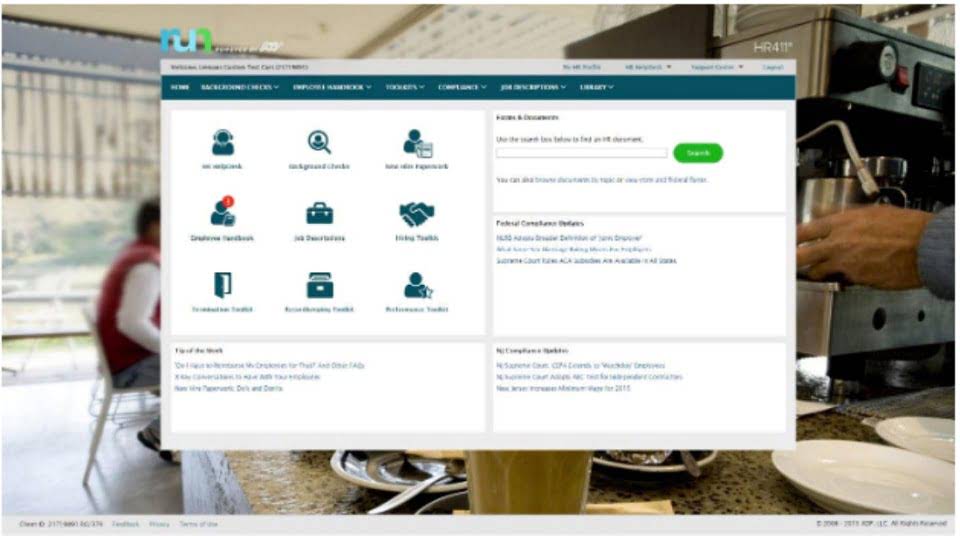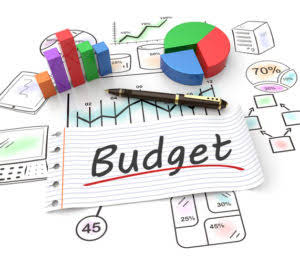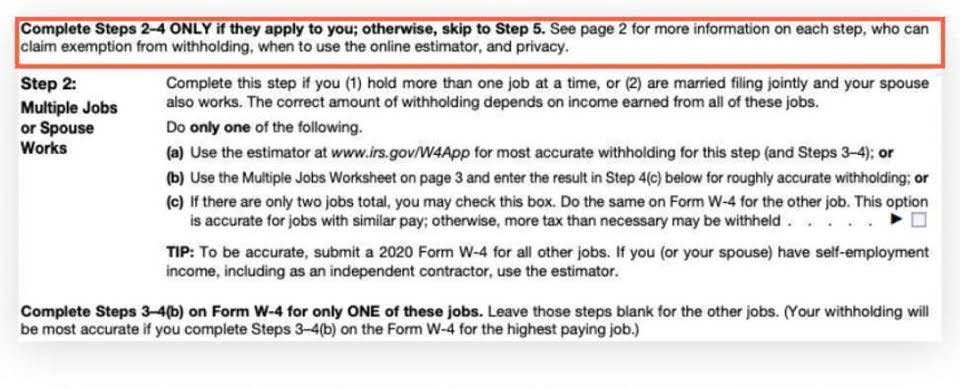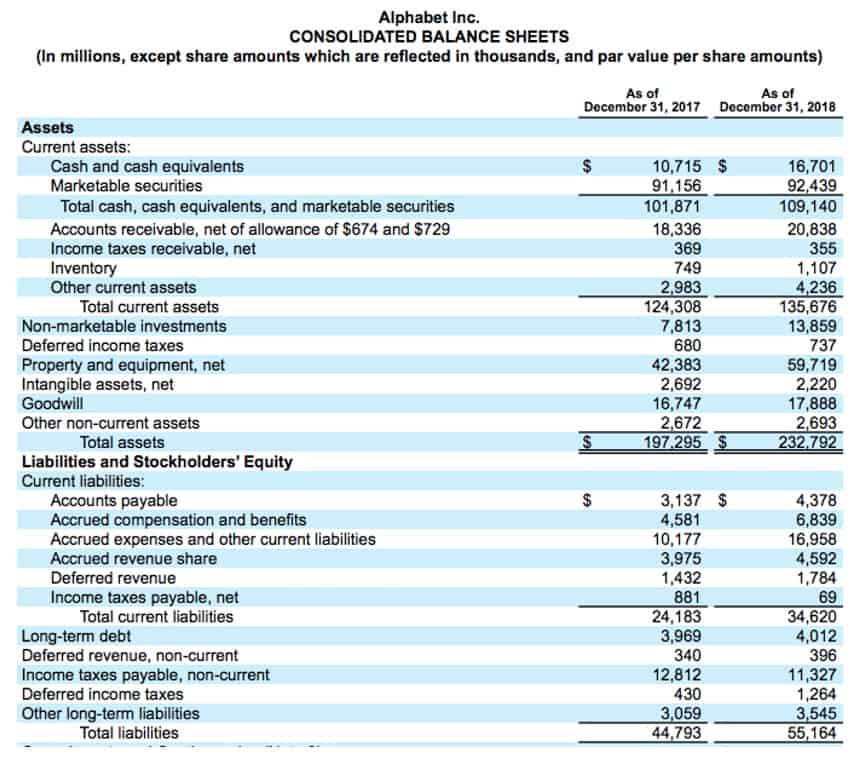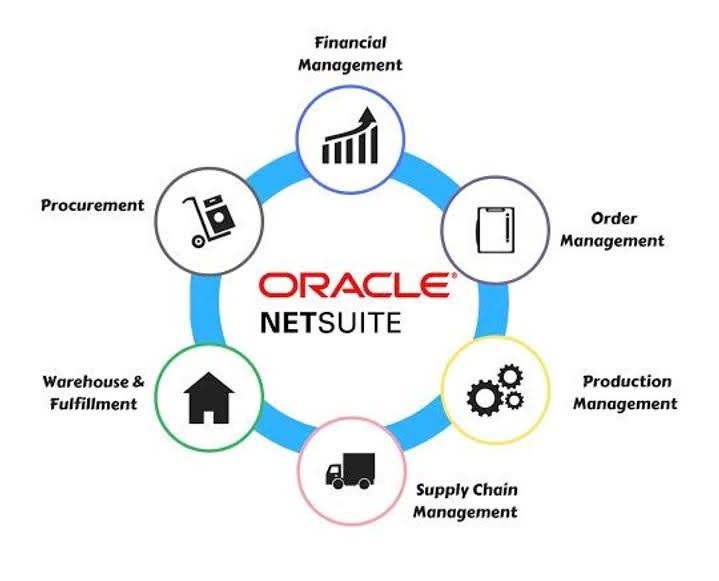
Depreciation expense serves to match the original cost of acquiring an asset with the revenue it generates over its lifespan. This allocation method can help a business estimate how an asset can impact the company’s financial performance with more accuracy. It helps to ascertain the true value of an asset over time, influences purchasing decisions and plays an essential role in tax planning. Here’s a breakdown of how accumulated depreciation is calculated, the recording process and examples of practical applications. The balance sheet provides lenders, creditors, investors, and you with a snapshot of your business’s financial position at a point in time. Accounts like accumulated depreciation help paint a more accurate picture of your business’s financial state.
Accumulated depreciation is a balance sheet account that reflects the total recorded depreciation since an asset was placed in service. You should understand the value of assets and know how accumulated depreciation: to avoid incurring losses and making bad decisions in the future. Whether you’re a business owner or work in accounting, you’ll want to know how to value and report assets and purchases.
Why Accumulated Depreciation is a Credit Balance
Accumulated depreciation is an account containing the total amount of depreciation expense that has been recorded so far for the asset. In other words, it’s a running total of the depreciation expense that has been recorded over the years. Accumulated depreciation is an important component of a business’s comprehensive financial plan. This type of accounting offers a realistic understanding of the company’s assets value, which can influence financial decisions. You would continue repeating this calculation for each subsequent year until the end of the asset’s useful life or the book value (Initial Cost – Accumulated Depreciation) becomes less than the depreciation expense.

In order to calculate the depreciation expense, which will reduce the PP&E’s carrying value each year, the useful life and salvage value assumptions are necessary. Alternatively, the accumulated expense can also be calculated by taking the sum of all historical depreciation expense incurred to date, assuming the depreciation schedule is readily available. Yet, the capital expenditure (Capex) must be spread across the useful life of the fixed asset per the matching principle, i.e. the number of years in which the fixed asset is expected to provide benefits. The purpose of depreciation is to match the timing of the purchase of a fixed asset (“cash outflow”) to the economic benefits received (“cash inflow”). Many companies rely on capital assets such as buildings, vehicles, equipment, and machinery as part of their operations.
Accumulated Depreciation vs. Accelerated Depreciation
It represents the total depreciation expense accumulated on an asset since its acquisition. The IRS currently uses the Modified Accelerated Cost Recovery System (MARCS) is the depreciation system that allows depreciation to be calculated by either the straight-line method or the declining balance method. Determining monthly accumulated depreciation for an asset depends on the asset’s useful lifespan as defined by the IRS, as well as which accounting method you use. Hence, the amount of accumulated depreciation at the end of the third year is $3,000 which will be included in the balance sheet as the contra account for the cost of equipment. Likewise, the net book value of the equipment is $2,000 at the end of the third year. The value of an asset on a company’s balance sheet is determined by subtracting the accumulated depreciation from the asset’s cost.
- Our go-to underwriting software for office, retail, and industrial real estate investments.
- This strategy is employed to fairly allocate depreciation expense and accumulated depreciation in years when an asset may only be used for part of a year.
- Depreciation is expensing the cost of an asset that produces revenue during its useful life.
- It features a lengthy 0% intro APR period, a cash back rate of up to 5%, and all somehow for no annual fee!
- By having accumulated depreciation recorded as a credit balance, the fixed asset can be offset.
(In some instances they can take it all in the first year, under Section 179 of the tax code.) The IRS also has requirements for the types of assets that qualify. Depreciation is an accounting practice used to spread the cost of a tangible or physical asset over its useful life. Depreciation represents how much of the asset’s value has been used up in any given time period. Companies depreciate assets for both tax and accounting purposes and have several different methods to choose from.
Definition and Example of Accumulated Depreciation
For tangible assets such as property or plant and equipment, it is referred to as depreciation. Salvage value is based on what a company expects to receive in exchange for the asset at the end of its useful life. Then, divide this depreciable amount by the estimated useful life to determine the annual depreciation expense. Multiply the annual depreciation expense by the number of years the asset has been in use to find the accumulated depreciation.





